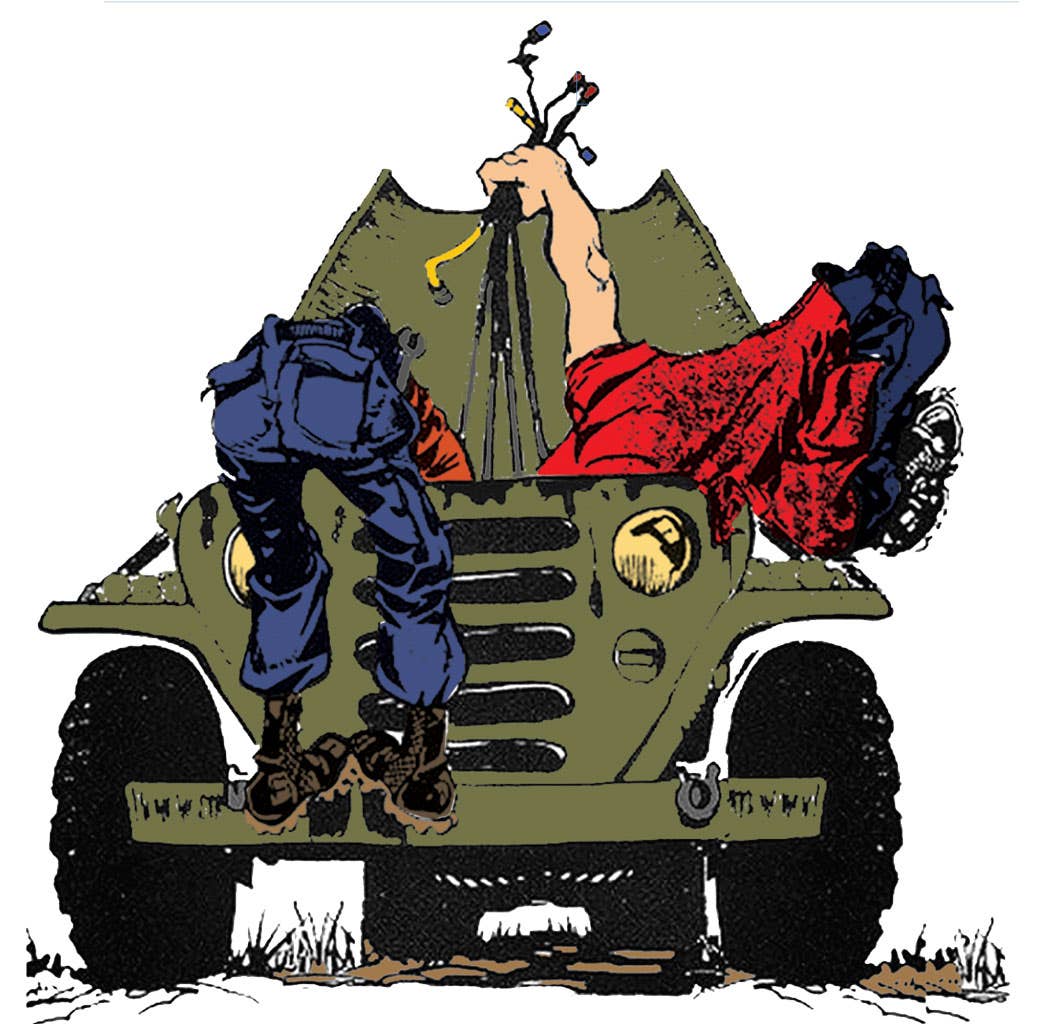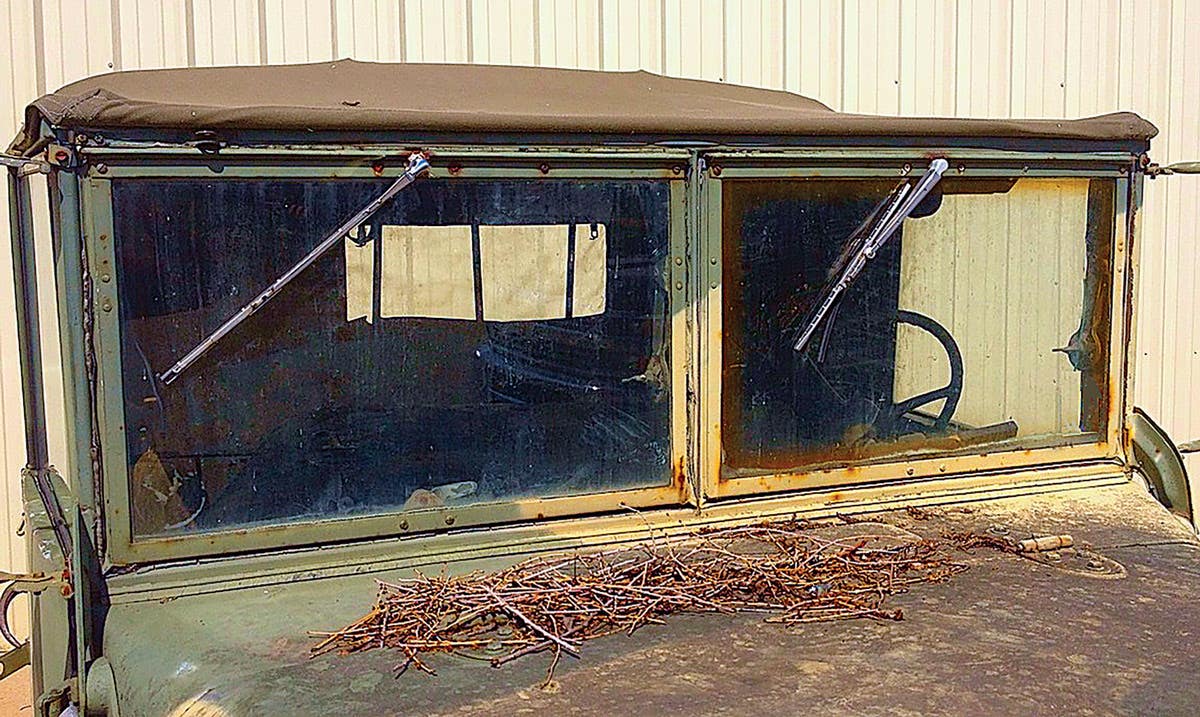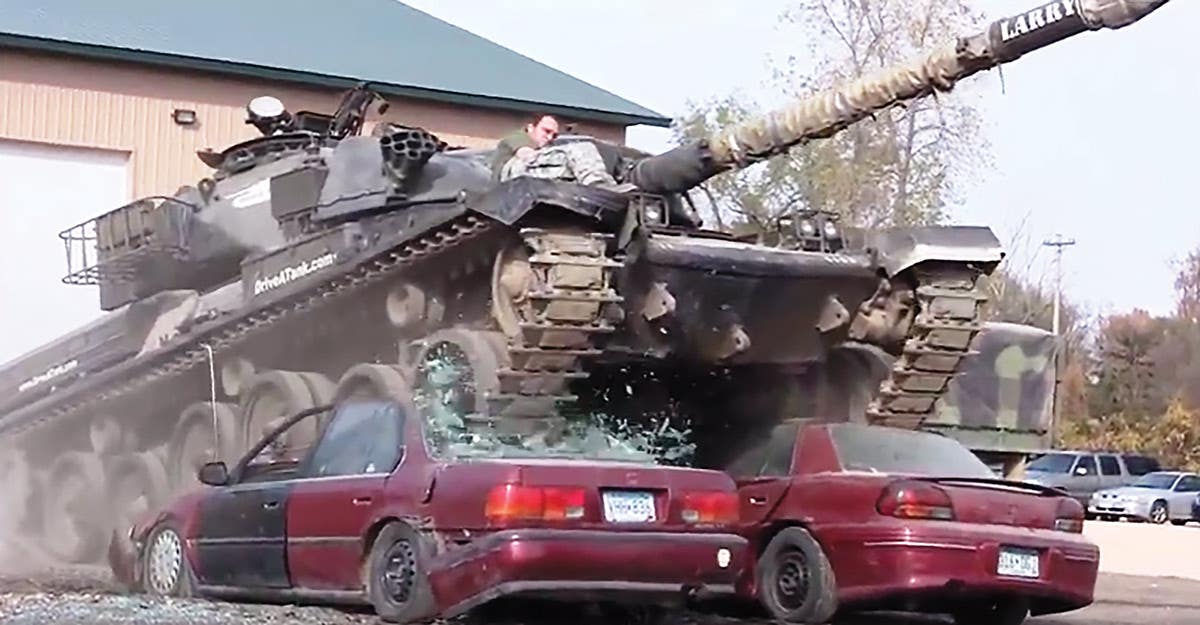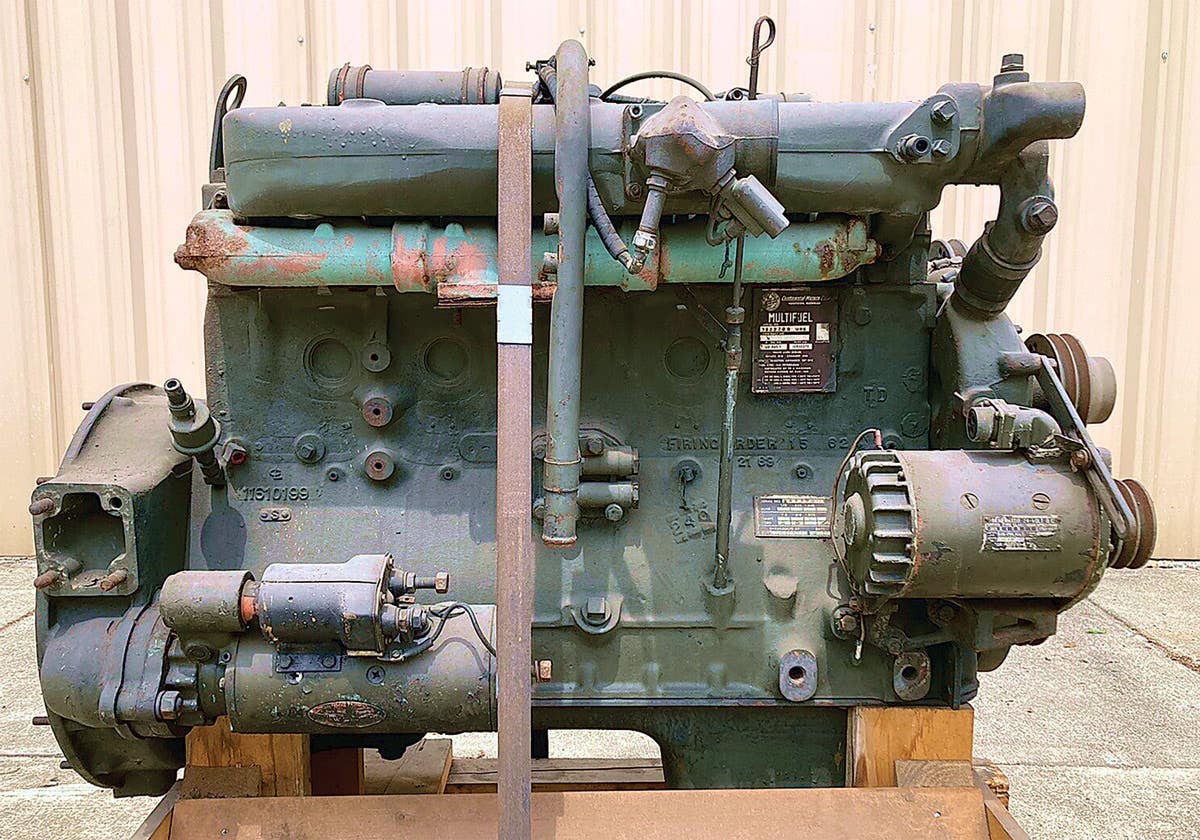MCOE Patch Represents Both Armor and Infantry
When Fort Benning becomes the Maneuver Center of Excellence, many Soldiers here will no longer wear the Follow Me patch.
When Fort Benning becomes the Maneuver Center of Excellence, many Soldiers here will no longer wear the Follow Me patch. The Institute of Heraldry solicited design submissions for a new patch, and Chaplain (Col.) Glenn Davis, post chaplain, created the winning Shoulder Sleeve Insignia.
Davis combined aspects of the Armor and Infantry patches to create the MCOE patch. The shape, for example, is an inversion of the Follow Me shield. It represents a spearhead and is reminiscent of the triangular shape of the Armor patch.
"We talk about being the point of the spear, at the front of the battle engaged in combat," Davis said, "so the Armor and Infantry colors make up the tip of that spear."
The lightning bolt, symbolizing the power and speed of the Armor branch, and the Infantry bayonet are crossed in the center of the patch. Davis said his goal was to capture the history and honor of both branches.
The five-sided section at the bottom of the patch signifies the Pentagon, from which the two branches project. It is red to symbolize sacrifice. A star at the top was added by The Institute of Heraldry to designate Fort Benning as a center of excellence.
David Stieghan, the post command historian, said the original Infantry and Armor patches will still be worn by Soldiers of those branches, but the new patch will identify those affiliated with the Maneuver Center of Excellence. The patch will be worn when Fort Benning officially transitions to the Maneuver Center of Excellence.
The Distinctive Unit Insignia is a replica of the shoulder patch with a curved tank track at the base that bears the motto "One force, one fight."
"In four words, it sums up the combined mission of the two branches," Stieghan said. "They're still separate, but they have one function in combat, and that is to support each other in battle."







